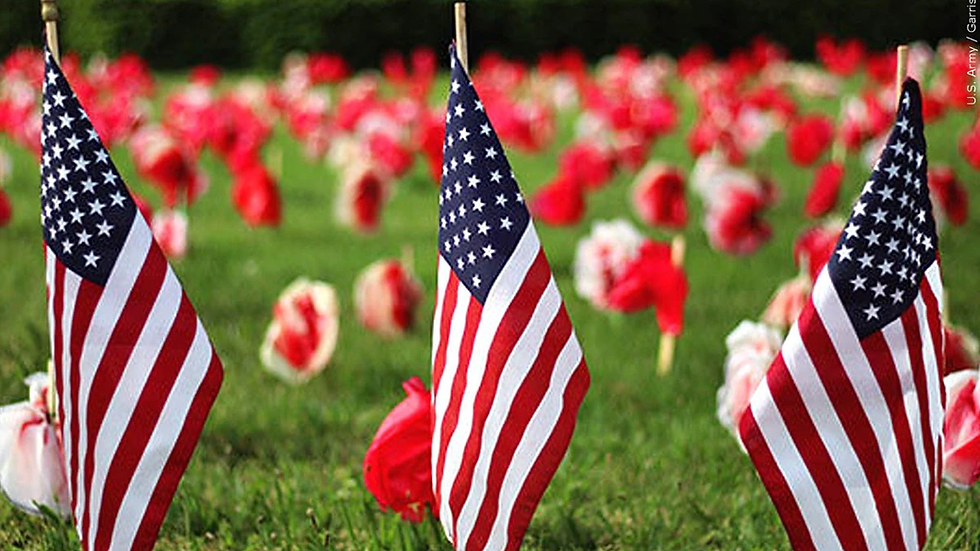Dia de Los Muertos: The Past, Present, and Future
- Nov 11, 2021
- 3 min read
Tyler Steinmetz, Junior
Every year, Americans dress up in costumes and go trick or treating on October 31st. However, in Mexico, the end of October and the beginning of November has a very special and important meaning. Dia de Los Muertos, which translates to "The Day of The Dead", is a Mexican celebration that is often viewed in America as the Mexican version of Halloween. Although these two holidays take place around the same time, Dia de Los Muertos has a very different reason for being celebrated. This holiday is a way of honoring the deceased members of someone's family. According to Mexican culture, on October 31st, at midnight, children who have passed away will be able to rejoin their families for 24 hours; the same thing happens on November 2nd but for adults who have passed away.

The origins of Dia de Los Muertos date back almost 3,000 years ago. During the Aztec period, they believed that death was not the end and that it was simply another part of the journey. According to what the Aztecs believed, when a person died they went to Chicunamictlán, which translates to "The Land of The Dead," however, this still was not the end of their journey. The souls would have to complete nine challenging tasks which would often take years to complete and were considered extremely difficult. In order to help the deceased, the living would leave out food, water, and various different tools to help the souls through their journey. The practice of leaving out supplies for the deceased was the beginning of the common practices of Dia de Los Muertos that are used today.
During Dia de Los Muertos today, the belief is that the living and the dead are no longer separated for a brief period and the deceased are considered guests to the living world. Ofrendas, which are similar to shrines, are meant to honor the family's loved ones who have died, and are decorated with candles, flowers, and stacks of their favorite foods. The same decorations can also be found at the loved one's grave site.
Dia de Los Muertos is also full of celebrations such as parades where celebrators wear skull-inspired makeup or masks and commonly eat decorated sugar skulls. The whole reason for celebrating is to honor those who have passed. Today, while Covid-19 continues to take the lives of many, Dia de Los Muertos becomes even more passionate since so many people have lost one or more family members to the deadly virus and want to do all they can to honor and celebrate a family member. Felipe Palma, whose wife passed away from Covid-19 stated, "We cried a lot while making this altar since it happened recently, and it is very hard but it’s also part of the process to accept that she is gone." Dia de Los Muertos is a way for many to accept death in the family and also celebrate all that person has done for them.
As for the future of this vibrant holiday, it doesn't seem like it will go away any time soon. The people celebrating this holiday find it comforting and soothing as well as exciting and inspiring for everyone involved. However, it is likely that the holiday will continue to evolve and change as time goes on. In the United States, it is obvious that religious traditions have become less popular and some predictions have been made that this will happen in other countries as well. However, Dia de Los Muertos is still celebrated by so many across Latin America and seeing anything but enthusiasm surrounding this holiday would be very unlikely.
While enjoying your Halloween candy this November, remember the saying, "Más vale mala suerte y buena muerte que buena suerte y mala muerte", which translates to, "Bad luck and a good death is better than good luck and a bad death."
Sources:




Comments